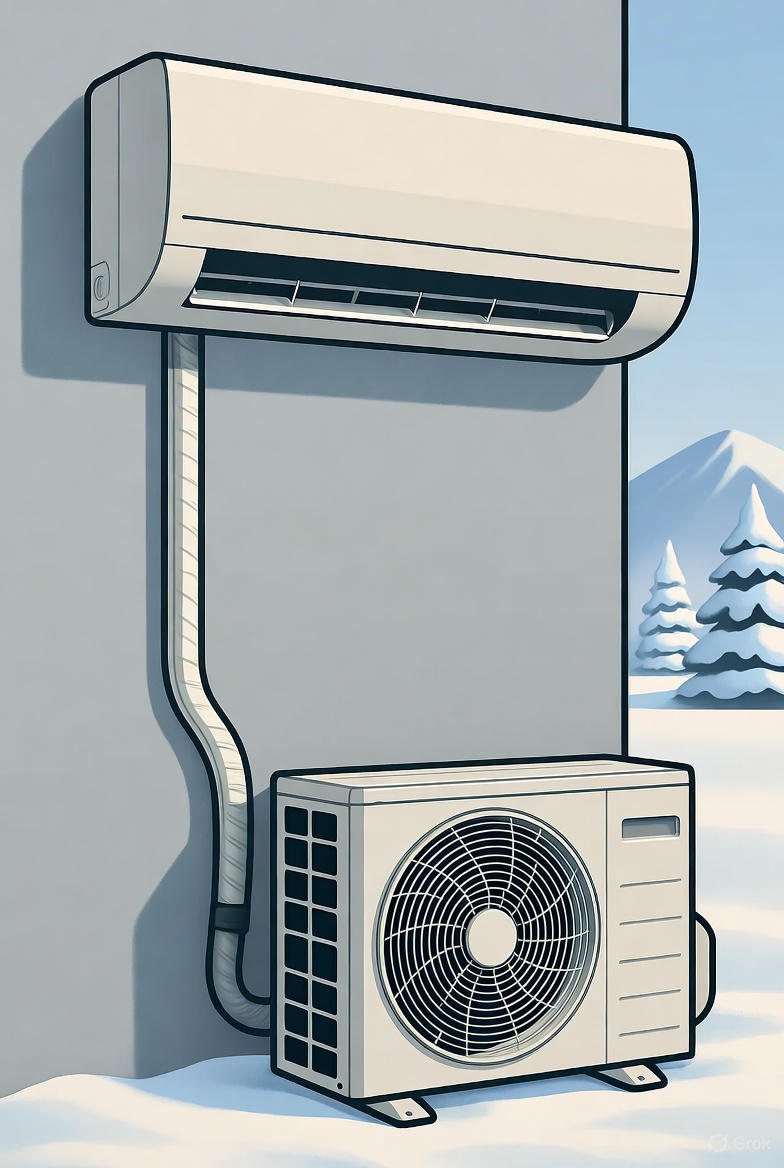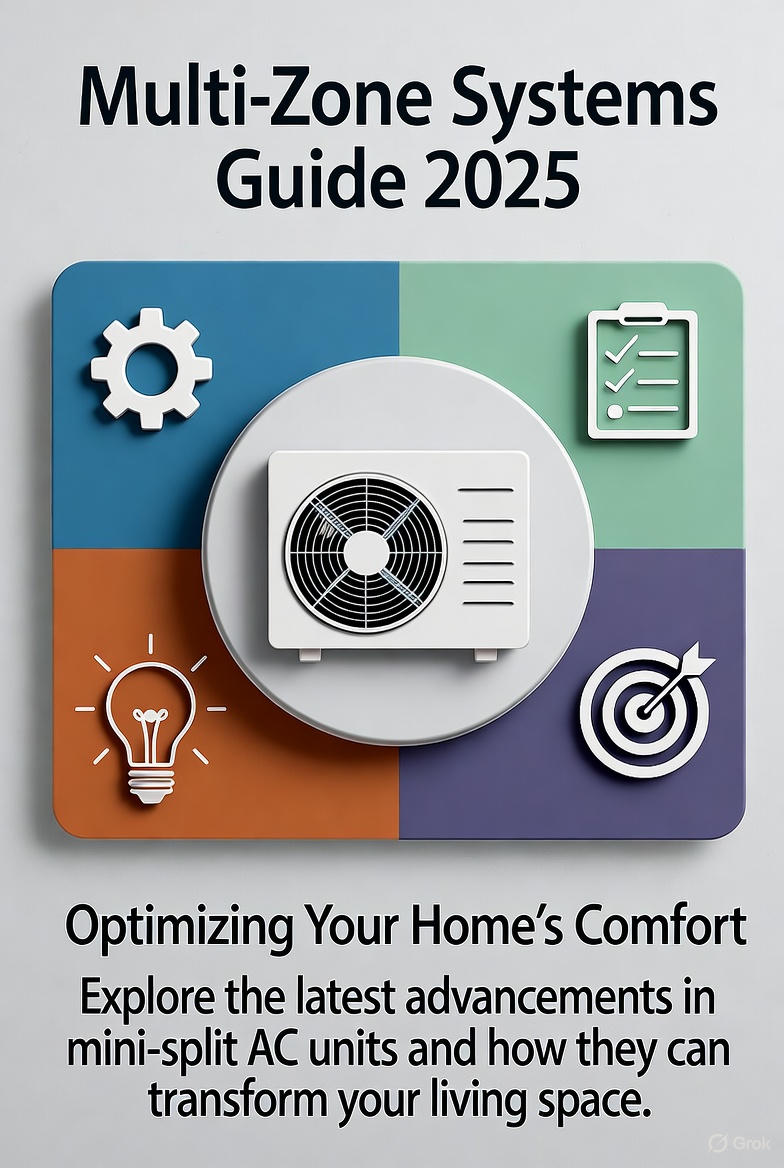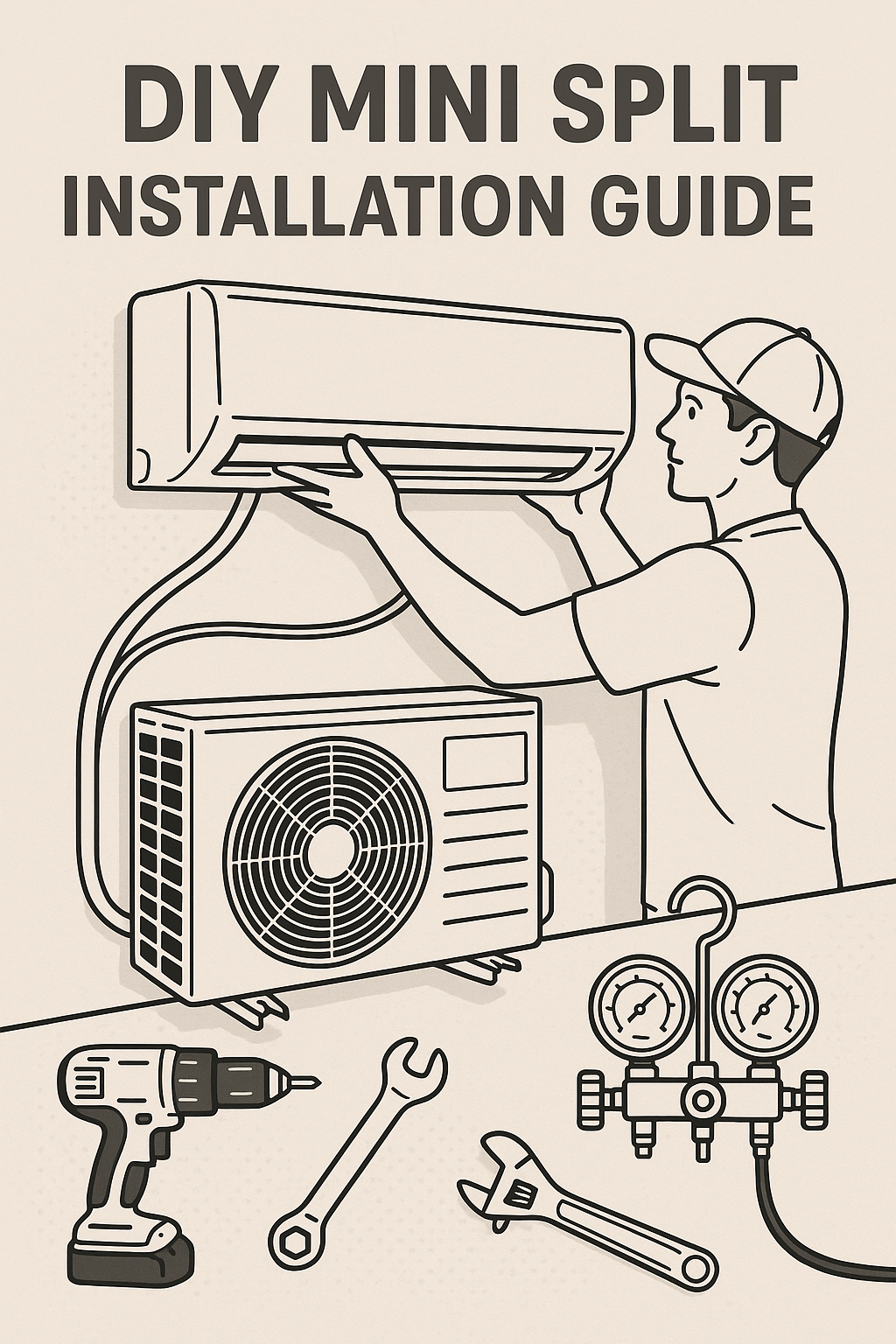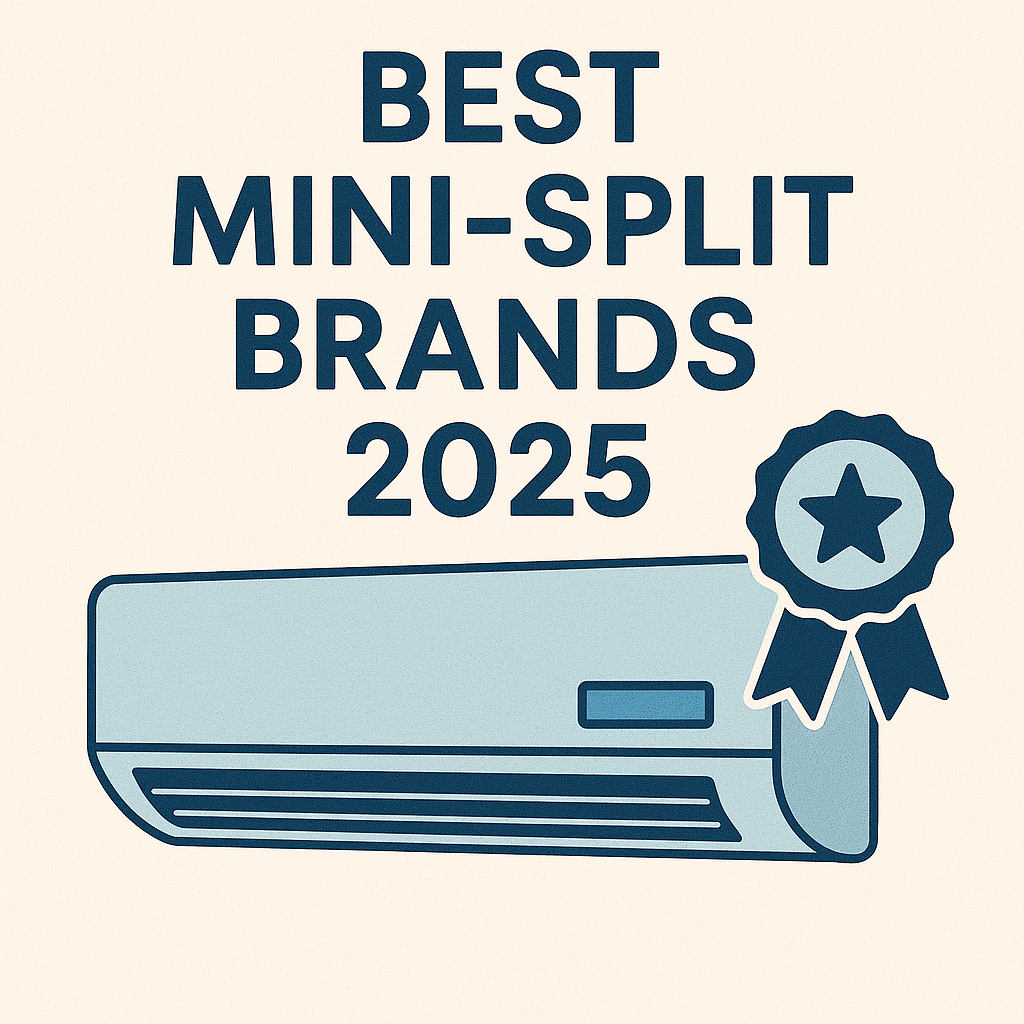Robert's Vermont farmhouse: Neighbors predicted disaster when he replaced oil heat with a Zone heat pump.
Reality at -8°F: System heated 1,800 sq ft to 68°F, cost $285 vs. $520 for oil.
Savings: $235/month ($2,820/year). Payback: Under 2 years on $5,400 system.
Key: Standard heat pumps fail below 15-20°F. True cold-climate models (Zone) work to -13°F with EVI tech.
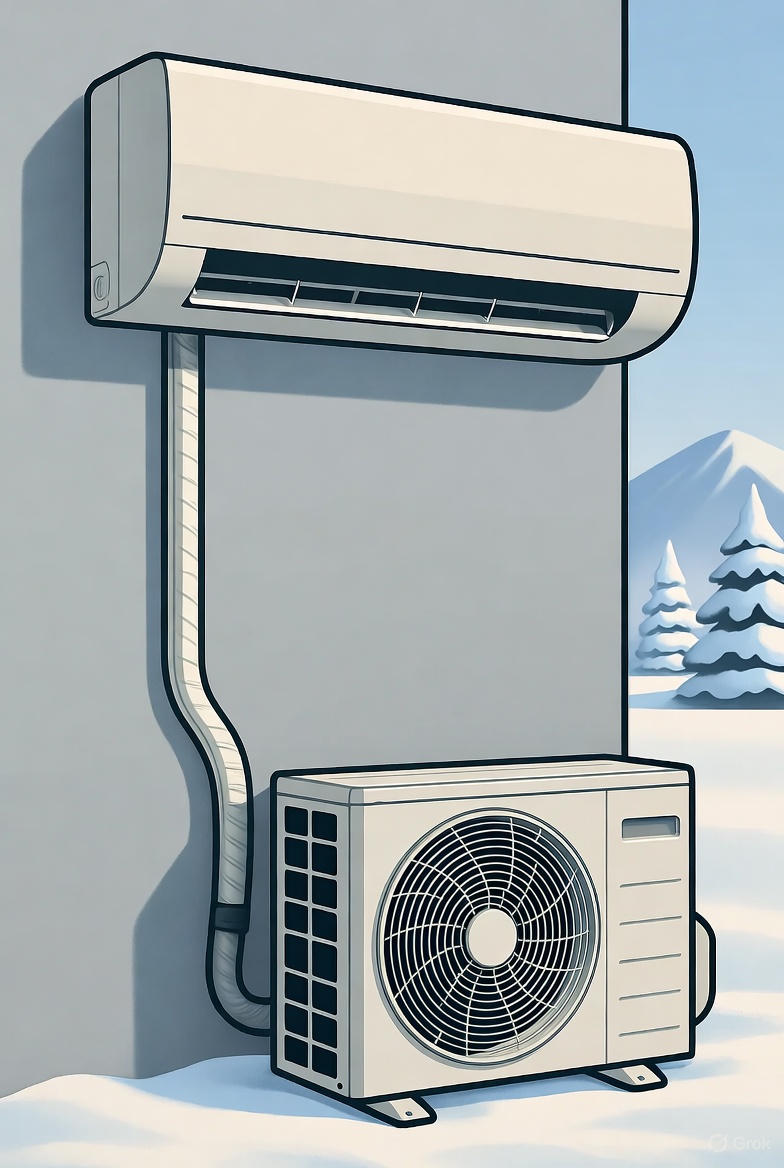
Cold Climate Technology
How it works: Heat pumps move thermal energy from outdoor air inside—even at -30°F (air contains heat until -460°F absolute zero).
Cold climate upgrades:
- Enhanced Vapor Injection (EVI) maintains pressure at low temps
- Larger compressors handle extreme differentials
- Variable-speed inverters maintain efficiency
- Oversized coils extract more heat
12K BTU capacity at different temps:
- 47°F: 12,000-13,000 BTU (100%)
- 17°F: 10,000-11,000 BTU (85%)
- 5°F: 8,500-10,000 BTU (75%)
- -13°F: 5,500-7,500 BTU (55%)
Critical: Size based on capacity at YOUR design temperature, not rated BTU.
Operating Ranges & Efficiency
| Type | Operates To | Best For | |------|-------------|----------| | Standard | 15°F | Southern US, mild winters | | Cold Climate | -13°F | Mid-Atlantic, Midwest (Zone systems) | | Hyper-Heat | -22°F | Northeast, Mountains (premium) |
COP (Coefficient of Performance): Higher = more efficient. Electric resistance = 1.0 COP.
| Temperature | Cold Climate COP | Standard COP | |-------------|------------------|--------------| | 47°F | 3.8-4.5 | 3.5-4.0 | | 17°F | 2.8-3.5 | 2.0-2.5 | | 5°F | 2.2-2.8 | 1.5-2.0 | | -13°F | 1.5-2.0 | Shut down |
Even at -13°F, cold climate heat pumps are 50-100% more efficient than electric baseboard heat.
Best Models 2025
| Brand | Operates To | COP @ 5°F | SEER2/HSPF2 | 12K Price | Best For | |-------|-------------|-----------|-------------|-----------|----------| | Mitsubishi Hyper-Heat | -13°F | 2.4-2.8 | 29-33 / 12-14 | $2,500-4,000 | Max performance | | Fujitsu XLTH | -15°F | 2.3-2.6 | 30-33 / 12-13 | $2,400-3,800 | Efficiency focus | | Zone DIY | -13°F | 2.2-2.5 | 24 / 11-12 | $1,800-2,400 | Best value | | Gree Sapphire | -22°F | 2.0-2.3 | 23-26 / 10-11 | $1,600-2,200 | Budget cold climate | | Pioneer WYS | 5°F | 1.8-2.1 | 19-21 / 9-10 | $1,200-1,600 | Mild winters only |
Warning: Budget models (<$1,600) fail below 20°F. Not true cold climate systems.
Sizing for Cold Climates
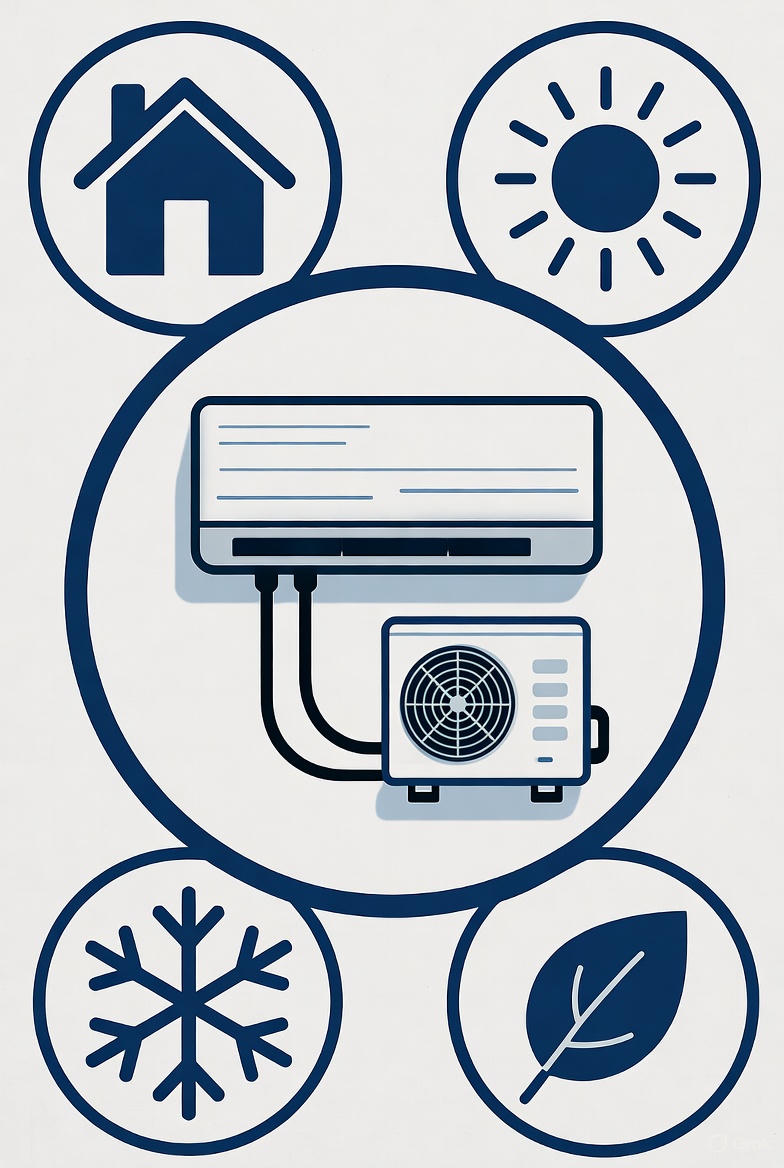
Critical: Size based on heating capacity at YOUR design temperature, not rated BTU.
Example: 12K BTU unit delivers 12,000 BTU at 47°F but only 8,500-10,000 BTU at 5°F.
3-Step Sizing:
- Find design temperature (coldest 1% of winter): Boston 9°F, Minneapolis -12°F, Denver 0°F
- Calculate heat loss at design temp using load calculator
- Check capacity at YOUR design temp (not rated BTU)
Example: 1,000 sq ft needs 18,000 BTU at 0°F
- Zone 18K at 0°F: 14,500 BTU ❌ Too small
- Zone 24K at 0°F: 19,500 BTU ✅ Sufficient
Backup Heat: Needed if design temp below -13°F or poor insulation. Options: electric baseboard, existing furnace (set 3-5°F lower), or dual-fuel auto-switchover.
Winter Tips
Do:
- Keep temp 68-70°F consistently (avoid setbacks >3°F)
- Use AUTO fan mode
- Set backup heat 3-5°F lower than heat pump
- Clear snow >6" from outdoor unit
- Mount unit 6-12" above snow line
Don't:
- Constantly adjust temperature (wastes energy)
- Turn off at night (recovery wastes more)
- Block units (reduces capacity)
- Cover outdoor unit (causes failure)
- Interfere with defrost cycles (2-10 min every 30-90 min is normal)
Ice on outdoor unit is normal. Excessive ice = call pro.
Heating Cost Comparison
2,000 sq ft home, Boston MA (40M BTU/year):
| Heat Source | Annual Cost | vs Cold Climate HP | |-------------|-------------|-------------------| | Cold Climate Heat Pump | $670 | — | | Natural gas (if available) | $610 | -$60 | | Propane | $1,390 | +$720 | | Heating oil | $1,360 | +$690 | | Electric baseboard | $1,875 | +$1,205 |
Payback Example:
- Equipment + install: $4,500
- vs propane savings: $720/year
- Payback: 6.2 years (3.5 years with $2,000 tax credit)
Tax Credits & Rebates 2025
Federal: 30% of equipment + install, max $2,000/year (2023-2032)
- Requires: SEER2 ≥16, HSPF2 ≥8.5
State Rebates:
- MA: $10,000 | NY: $12,000 | VT: $5,000 | ME: $8,000 | CO: $5,000
Example (MA): $4,500 system → $1,350 federal → $3,000 state = $150 out-of-pocket
Check dsireusa.org for your state.
Why Zone Air
Performance: -13°F operation, 80% capacity at 5°F, COP 2.2-2.5 Value: $1,800-2,400 (saves $800-1,200 vs Mitsubishi/Fujitsu) Support: 10-year warranty, 24/7 tech support, DIY-friendly
Real Results (Minneapolis): Zone 18K heated 1,200 sq ft down to -18°F
- Cost: $84/month vs $310 propane
- Savings: $226/month ($1,356/season)
- Backup heat used only 3% of hours (below -10°F)
View Zone Cold Climate Systems
Frequently Asked Questions
Will a heat pump really work when it's -10°F outside?
Yes. Zone Air cold climate systems maintain 60-70% capacity at -10°F. A 36K BTU system delivers 21,600-25,200 BTU at -10°F. Key: size for YOUR design temp, not rated BTU. Standard heat pumps fail below 15-20°F, but cold climate models (EVI tech) work to -13°F (Zone) or -22°F (premium).
How much does it cost to heat with a cold climate heat pump vs. oil or propane?
50-70% less. Vermont home: 800 gal oil at $3.50 = $2,800/year. Same home with heat pump at $0.18/kWh = $900-1,400. Saves $1,400-1,900/year.
Do I need backup heat with a cold climate heat pump?
Only if design temp below -10°F or poor insulation. Backup runs 5-15 nights/winter (10% of heating). Size heat pump for 90-95% of needs.
What's the difference between standard and cold climate heat pumps?
Cold climate models have Enhanced Vapor Injection (EVI), larger coils, variable-speed compressors. Operate to -13°F vs 15-20°F for standard. At 5°F: cold climate maintains 70-85% vs 40-55% for standard.
Can heat pumps provide emergency heat during power outages?
No—require electricity. Use generator, wood stove, or battery backup. (Gas/oil furnaces also need electricity for blowers.)
Which cold climate heat pump brand is best value?
Zone Air: $1,800-2,400, -13°F operation, 10-year warranty. Mitsubishi Hyper-Heat: $2,500-4,000, premium performance. Zone saves $800-1,200 upfront with same core tech.
The Bottom Line
Cold climate heat pumps save 50-75% vs propane/oil/electric, work efficiently to -13°F (Zone) or -22°F (premium), and deliver heating + cooling in one system.
Success factors: Choose true cold climate model, size for YOUR design temp, add backup if needed, maintain properly, keep temp consistent.
Ready to save?
- Calculate your heat load with our calculator
- Review Zone's cold climate systems
- Call (801) 882-2324 for sizing assistance
- Check available rebates and tax credits
Related Resources:
- Heat Pump vs. Air Conditioner Guide
- Mini-Split Cost Guide 2024
- Multi-Zone System Design
- Maintenance Guide
About the Author: Ben Zuro is a Product Engineer at Zone Air specializing in mini-split system design, performance testing, and quality assurance. With hands-on experience in HVAC engineering and product development, Ben rigorously tests every system under real-world conditions to ensure Zone Air delivers exceptional performance and reliability. His technical expertise in thermal engineering and practical testing methodology helps bring innovative, high-quality mini-split systems to market. When not in the lab, Ben analyzes customer feedback to drive continuous product improvements and optimize system design.
